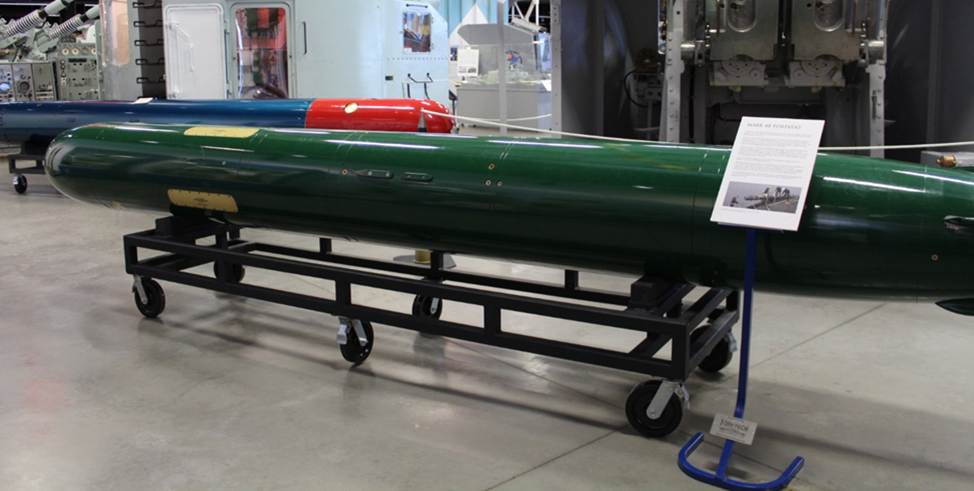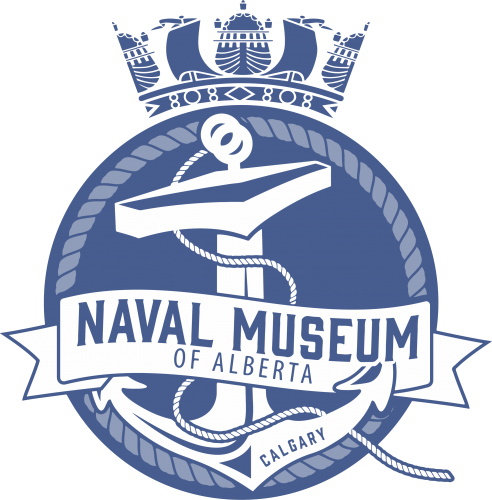Mark 48 Torpedo

The Mark 48 was developed in the United States in response to Soviet advancements in nuclear submarines during the 1960s. It first went into use in 1972 and is still used in Canada, the United States, and other nations to this day. In contrast to the surface-launched Mark 46, the 48 heavyweight is designed to be launched from submarines against other submarines or against surface vessels. These torpedoes can travel up to 100 kilometres at 55 knots to deliver 295 kilograms (650 pounds) of explosives to a specified target. Unlike earlier torpedoes that were fired into the hull of the opposing vessel, these torpedoes explode beneath an enemy ship, creating an air bubble that raises the ship out of the water and cracking it in two.
The torpedo can be guided with attached wires or using its own sensors alongside digital pre-programmed search functions for acoustic homing.
As of 1997 with the Mod 6 ADCAP (Advanced Capability), the 48 heavyweight also uses the Torpedo Downloader system, which allows it to constantly update to the most advanced software. This digital system gives this torpedo longevity by allowing it to upgrade long-term to the most recent advancements without needing the expensive changes in hardware or physical design.
HMCS Victoria became the first RCN submarine to fire a live MK 48 torpedo, sinking the former USS Concord on 17 July 2012 during a RIMPAC exercise near Hawaii.
Reference Links:
Lookout Newspaper - HMCS Victoria Disarms
America's Navy - MK 48 Heavyweight Torpedo
Naval Association of Canada - RCN Capabilities
